Why settle for a garden that stays the same all year round when you can have plants that transform with the seasons? Color-changing foliage plants bring a dynamic, ever-evolving display of hues to your outdoor space. From fiery reds in fall to golden yellows in spring, these stunning plants offer visual interest long after the flowers have faded. Here’s a list of 10 beautiful color-changing foliage plants every garden lover should consider adding to their collection.
1. Japanese Maple (Acer palmatum)

Japanese Maples are famous for their elegant, finely-cut leaves and their ever-changing display of colors. In spring, their foliage often emerges in delicate shades of red, pink, or lime green. As summer arrives, the leaves mature into deeper greens or burgundies. Come autumn, the real magic happens when the leaves blaze into brilliant hues of crimson, orange, and gold. Ideal for borders, patios, or as a focal point, this tree thrives in partial shade and moist, well-drained soil.
2. Smoke Bush (Cotinus coggygria)

Smoke Bush is a bold, attention-grabbing shrub known for its unique, cloud-like flower clusters and dramatic foliage. Throughout spring and summer, its leaves are typically deep purple or rich green, depending on the variety. As fall approaches, the foliage bursts into fiery shades of red, orange, and amber. This color transformation makes it a seasonal star in any garden. Smoke Bush is drought-tolerant and thrives in full sun, making it a low-maintenance yet high-impact addition to your landscape.
3. Heuchera (Coral Bells)
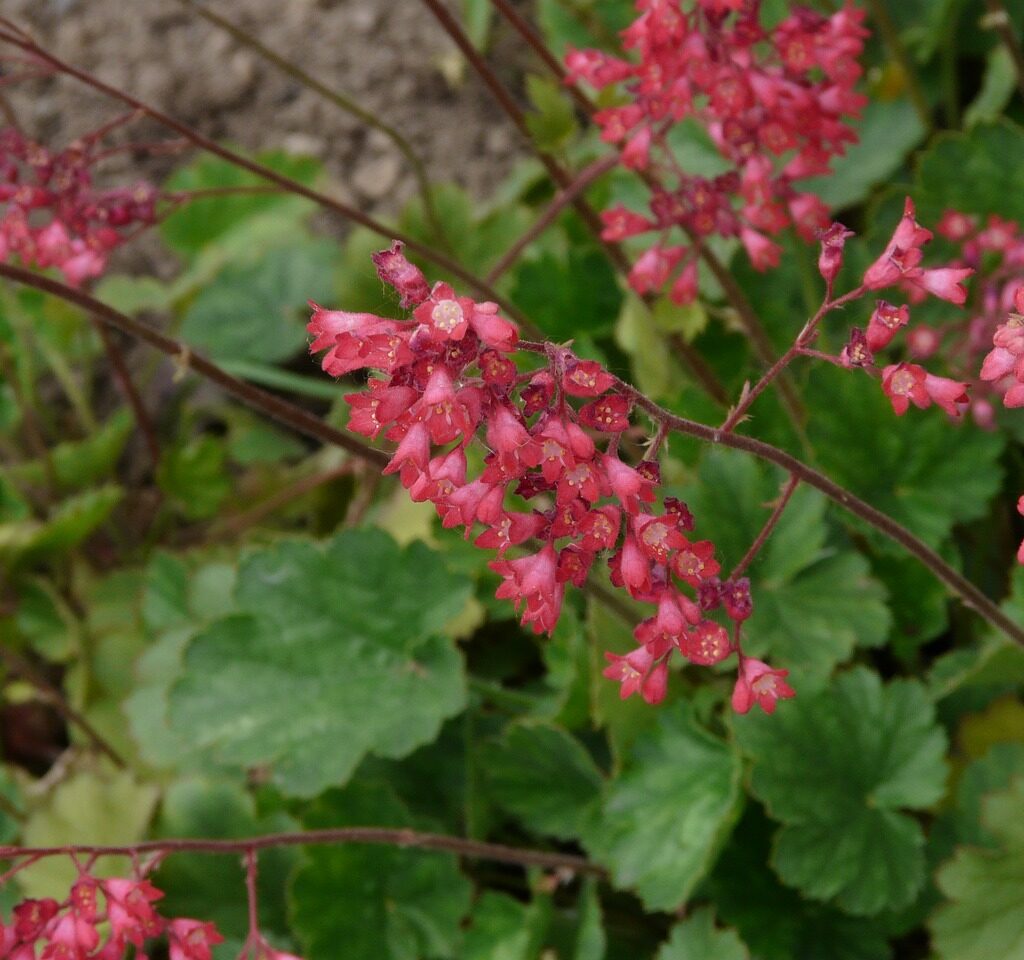
Heuchera is a versatile perennial that’s prized for its ruffled, ornamental leaves and dazzling color changes. Available in a range of shades from lime green to deep burgundy, Heuchera foliage often shifts with the seasons. Many varieties display brighter tones in spring and deepen to rich hues in summer, before transitioning to warm reds and purples in fall. These plants are perfect for borders, rock gardens, and container arrangements, and they thrive in both sun and partial shade.
4. Witch Hazel (Hamamelis)
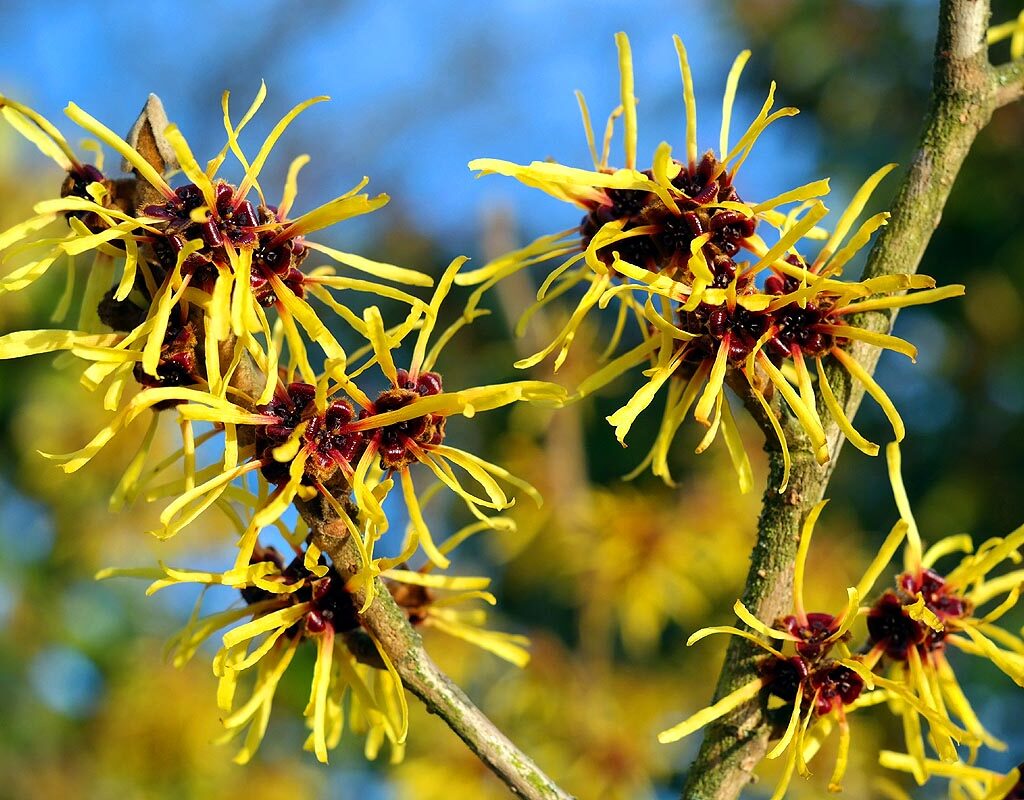
Witch Hazel is a striking shrub that offers more than just its quirky, spidery flowers in late winter. Its foliage shifts dramatically throughout the year starting with soft green leaves in spring and summer, then transforming into a stunning display of gold, orange, and scarlet in the fall. The bold autumn colors make Witch Hazel a standout addition to woodland gardens or mixed borders. It prefers moist, well-drained soil and can handle both sun and partial shade.
5. Oakleaf Hydrangea (Hydrangea quercifolia)
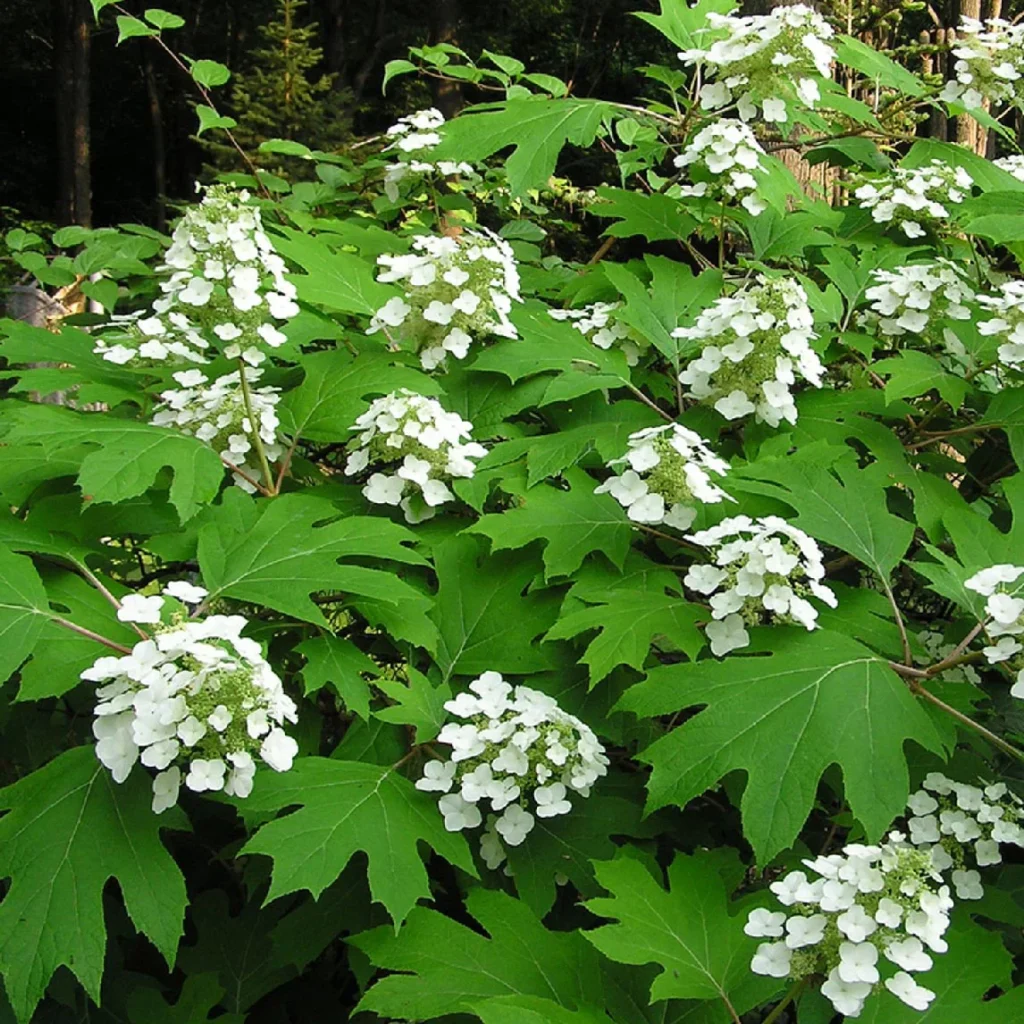
Oakleaf Hydrangea brings year-round beauty to gardens with its large, lobed leaves and showy flowers. While its blossoms are impressive, the real show is in its foliage. Starting with bright green leaves in spring, they gradually shift to rich, deep reds, purples, and bronzes as fall arrives. Even in winter, the peeling bark provides texture and interest. Oakleaf Hydrangea thrives in partial shade and well-drained, fertile soil, making it an ideal shrub for adding seasonal drama to your garden.
6. Coleus (Plectranthus scutellarioides)
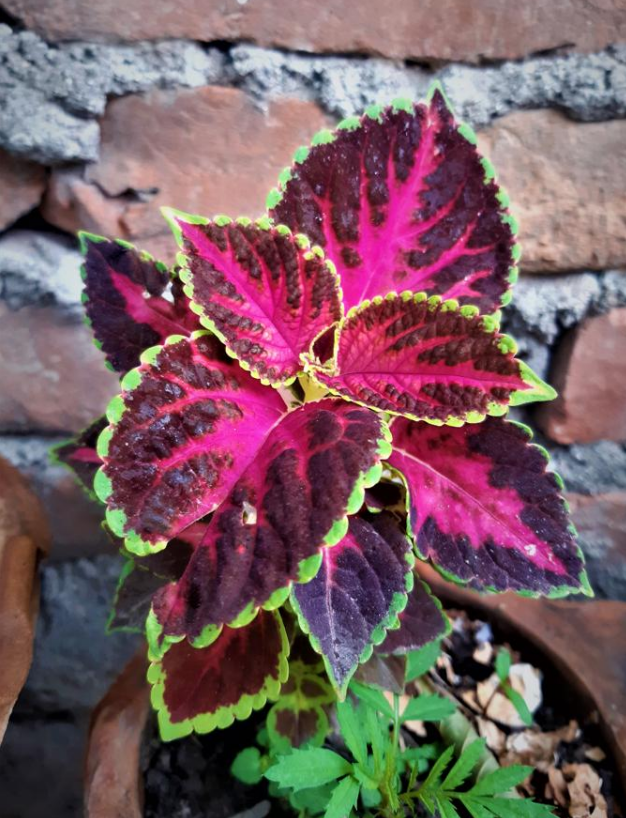
Known for its brilliantly colored and intricately patterned foliage, Coleus is a favorite for both gardens and containers. What makes Coleus truly eye-catching is the way its leaves can change hues depending on sunlight exposure and temperature. Some varieties intensify in color as the season progresses, shifting from bright greens and yellows to deep burgundies and purples. This fast-growing annual prefers partial shade but many newer varieties can tolerate sun, making it a versatile plant for vivid, ever-changing displays.
7. Ninebark (Physocarpus opulifolius)
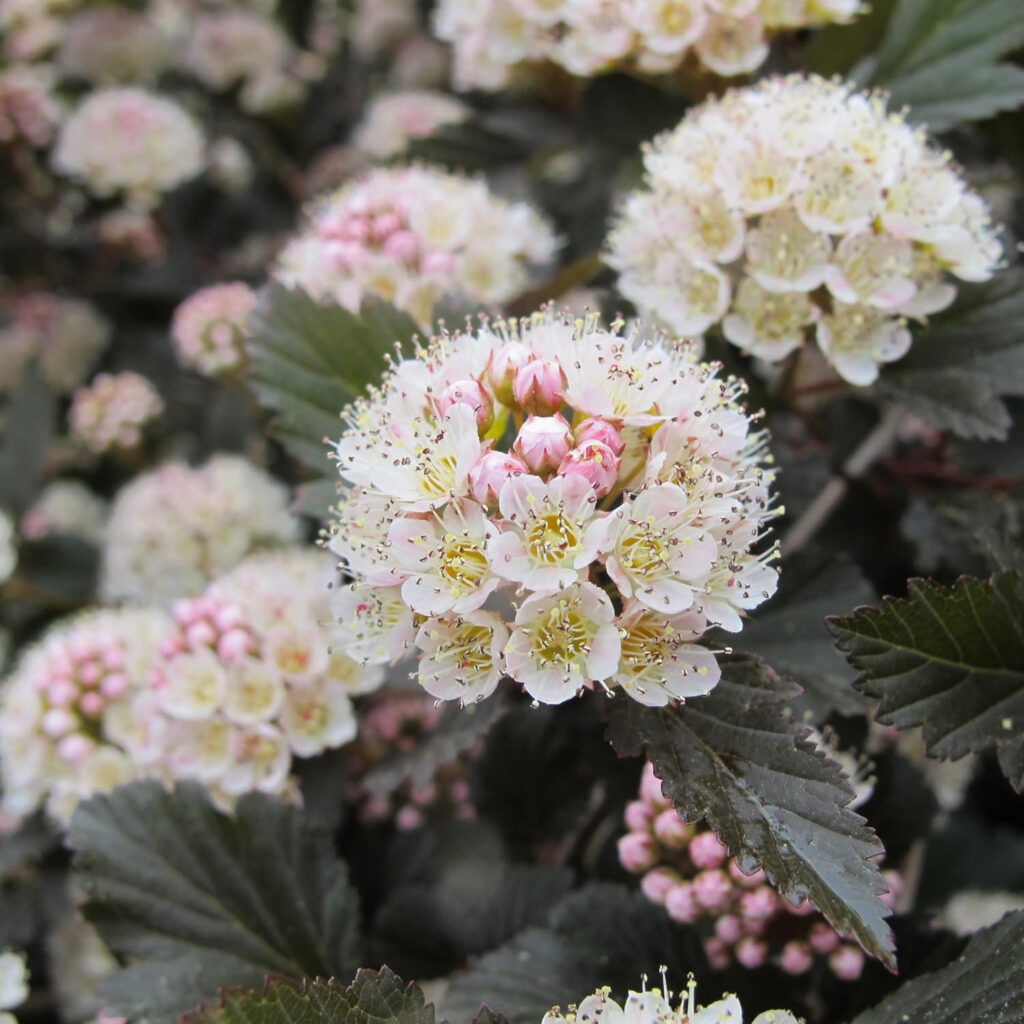
Ninebark is a hardy, deciduous shrub prized for its beautiful, exfoliating bark and colorful foliage. Its leaves emerge in fresh green or deep burgundy in spring, gradually shifting shades as the season progresses. In fall, the foliage turns brilliant shades of red, orange, and gold. Beyond its seasonal color, Ninebark’s peeling bark adds winter interest to the garden. It’s an adaptable shrub that thrives in full sun to partial shade and tolerates various soil types.
8. Red-Twig Dogwood (Cornus sericea)

Red-Twig Dogwood is a four-season stunner with color-changing foliage and striking winter stems. In spring and summer, its leaves are typically green, sometimes with variegated edges. As fall arrives, they transform into shades of purple and crimson, creating a beautiful autumn display. When the leaves drop, the vibrant red or yellow stems brighten up the winter landscape. Red-Twig Dogwood prefers moist soil and partial to full sun, making it a superb choice for borders and woodland gardens.
9. Fothergilla (Fothergilla gardenii)

Fothergilla is a lesser-known gem that deserves a place in more gardens. This compact shrub offers fragrant, bottlebrush-like flowers in spring, followed by lush green foliage in summer. Come autumn, the leaves ignite into a tapestry of yellow, orange, and red often all at once on the same plant. Its spectacular fall color rivals that of better-known shrubs like burning bush and maple. Fothergilla thrives in full sun to partial shade with well-drained soil.
10. Burning Bush (Euonymus alatus)
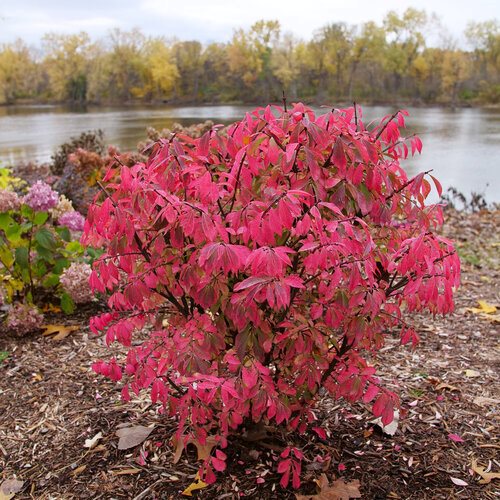
Few plants are as famous for fall foliage as the Burning Bush. Throughout spring and summer, its dark green leaves are attractive but unassuming. As temperatures drop, the foliage transforms into a vivid, fiery red that seems to glow in the landscape. This reliable color change makes it a favorite for hedges, borders, and standalone garden highlights. Burning Bush grows best in full sun for maximum color impact and requires minimal care once established.





Leave A Comment